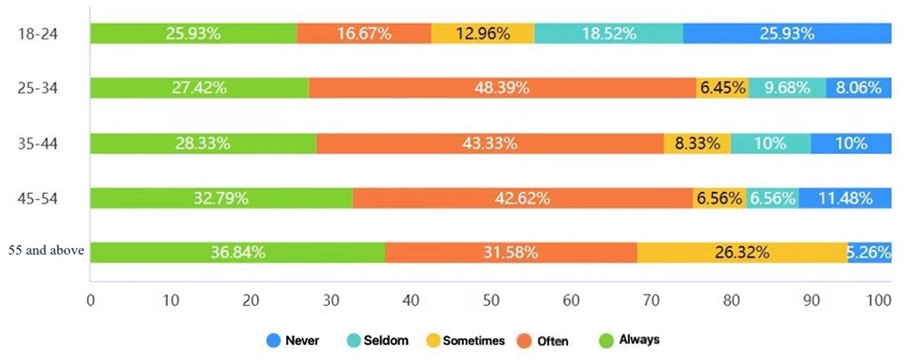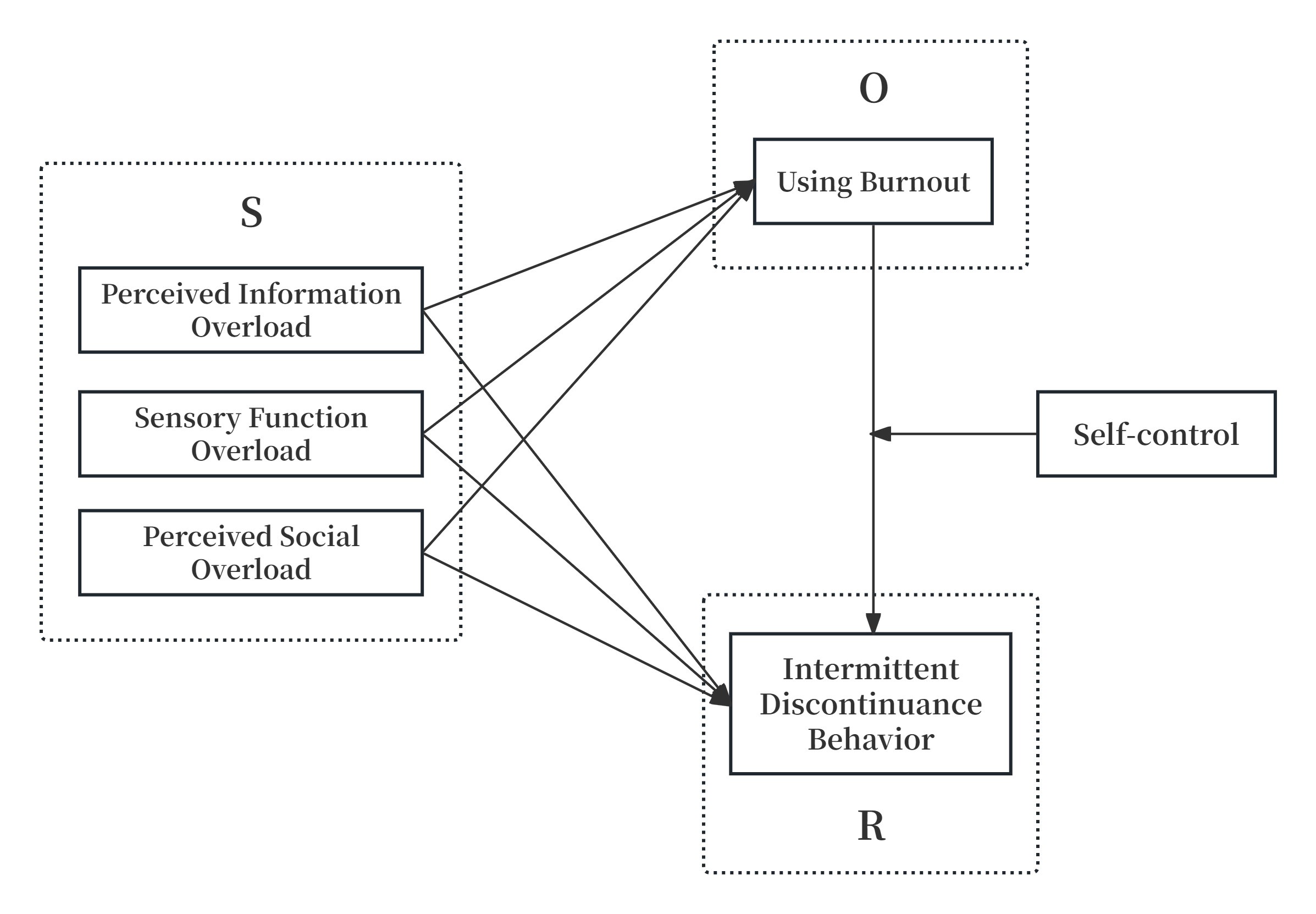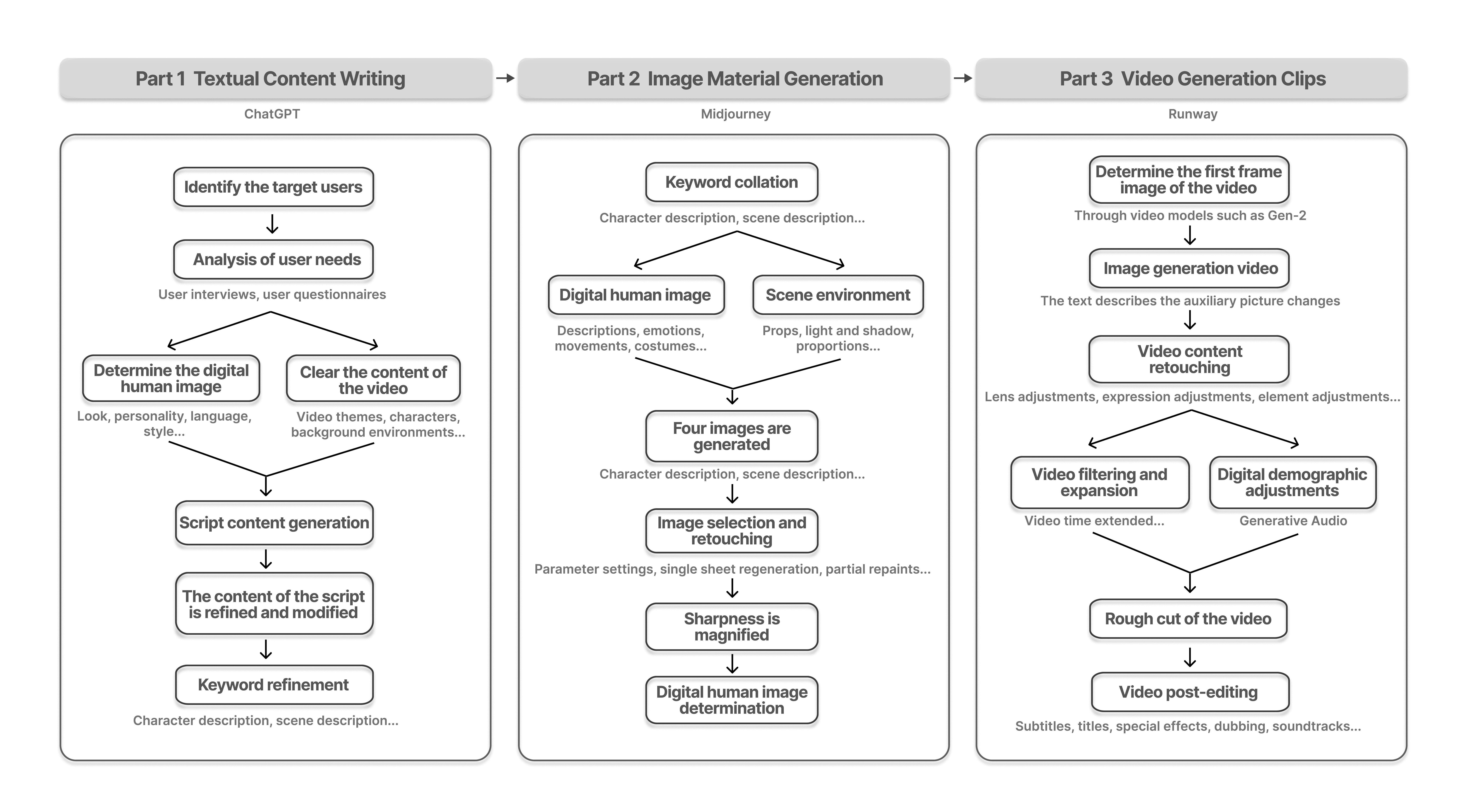

Volume 52
Published on January 2025Volume title: Proceedings of 3rd International Conference on Interdisciplinary Humanities and Communication Studies
This research project examines the influence of social media on juvenile criminal behaviour. The popularisation and rapid development of the Internet and social media have had a significant impact on the lifestyles, social patterns and psychological states of adolescents. This research project examines the potential influence of social media on adolescent behaviour from a multi-disciplinary perspective, encompassing the fields of psychology, sociology and communication. The research methodology involved a comprehensive literature review and a case study, which were used to collate and analyse a substantial corpus of data and information pertaining to the relationship between social media use and juvenile delinquency. It is possible that social media may precipitate juvenile delinquency, whilst simultaneously offering a forum for the exchange of information, emotional support and social interaction. The dissemination of misinformation, the occurrence of cyberbullying, and the prevalence of privacy breaches on social media may have a deleterious effect on juveniles, thereby increasing their susceptibility to engage in delinquent activities. Furthermore, this paper puts forth recommendations for the effective governance of social media platforms in a business context, with the objective of preventing and reducing juvenile delinquency.

 View pdf
View pdf


With the rapid development of Internet technology and the popularity of smart phones, social media has become an indispensable part of People's Daily life. WeChat, one of the largest social media platforms in China, has gained popularity for its moments function due to its high degree of privacy and user viscosity. However, with the rise of the social media advertising market, the frequent appearance of advertising messages in WeChat moments not only disrupts the social experience of users, but also may cause users to worry about privacy leakage. This study aims to deeply analyze how advertisement delivery breaks the privacy of WeChat circle of friends, and explore the possibility of optimizing advertisement delivery strategy, including delivery quantity, delivery characteristics, target audience positioning and so on. Through the optimization strategy, the purpose is to reduce the intrusion of user privacy, improve user experience, and achieve a win-win situation between business interests and user privacy protection. Using questionnaire survey and hot list comparison, the study analyzed the impact of advertising on users' privacy perception, attitude and behavior. Suppose the results show that AD delivery breaks the privacy of WeChat moments to some extent, and users are put off by frequent and non-personalized ads. The study also found that gender, age, occupation and other factors have an impact on the perception of privacy in WeChat circle of friends. Based on the research results, marketing strategies and content suggestions for different user groups are proposed, in order to better safeguard users' privacy rights and social experience while ensuring the effect of advertising delivery and promote the sustainable development of social media platforms and advertising industry.

 View pdf
View pdf



Animation is a flexible and versatile information dissemination vehicle that covers multiple art forms. A combination of visual, auditory, and narrative strategy elements can arouse emotional fluctuations and sympathetic responses in the audience. Devoting oneself to studying the emotional impact of the interaction between animation art and psychology aims to explore why animation brings its audience more direct and efficient emotional value than other art vehicles. This thesis conducts a comprehensive examination of the emotional output mechanisms of animation. It delves into various aspects such as visual elements, auditory soundscapes, and the emotional resonance of characters, all of which contribute to the overall experience of the viewer. Moreover, it investigates the narrative strategies employed in animation, which include effective narrative techniques, the developmental arcs of characters, and the emotional impacts of the plot. This thesis ultimately contributes valuable insights into how animation serves as a potent medium for emotional engagement and storytelling.

 View pdf
View pdf



With the rapid development of Internet technology, social media has become an indispensable part of modern society. The popularization of social media has profoundly affected all aspects of family life, and traditional family structures and interaction patterns are facing unprecedented challenges and opportunities. The impact of social media on family structure is a complex process, which not only breaks down geographical boundaries to a certain extent and creates opportunities for family members to strengthen their ties with each other, but also reduces the number of face-to-face exchanges to a certain extent, which obviously affects the mode of communication and frequency of interaction of modern families. In such a context, it is of great theoretical and practical importance to study in depth the changing family structure in the era of social media. This study aims to explore and reveal the influence of social media on family power structure, boundary function and emotional identity from different perspectives through the questionnaire method, so as to grasp the law of change of family structure in the era of social media. Through this study, it can be found that the current development of social media plays a role in reshaping and negotiating boundaries, as well as changing and balancing the power structure of Chinese families.

 View pdf
View pdf


In the third quarter of 2024, "city 不 (or not) city", the internet buzzword with linguistic hybridization between Chinese and English, became popular on Chinese social media in a short period, which sparked widespread discussion. According to the research findings of this article, "city 不 city" is often used for the context containing 3 themes, including travel and recording experiences in relation to cities, local food culture as well as leisure time, and local culture about cities. In addition, "city 不city" is often used by users to present positive emotions in the related context and content. This could be driven by the individual's demand for genuine emotional expression or the desire to shape an ideal self-image. In terms of the cultural implications of "city 不city", on the one hand, "city 不city" can participate in the construction of the cultural identity of local cities. On the other hand, the advantages of "city 不city" in shaping shared meanings can help information receivers reduce the possibility of misunderstanding information. This can provide support and a positive impact on intercultural communication of the cultural identity of a country through the use of internet buzzwords with linguistic hybridization.

 View pdf
View pdf


The extensive participation of Chinese women in rural economic activities has not only contributed significantly to the construction and development of the rural economy but also played a crucial role in poverty alleviation efforts. Women’s involvement in various sectors such as agriculture, livestock farming, handicrafts, and small-scale businesses has helped create employment opportunities, increase household income, and improve living standards for their families. However, despite their immense contributions, there still exist disparities in social security rights, including pension insurance, medical insurance, and maternity insurance, between women and men in rural areas. Rural women's labor remains undervalued, resulting in inadequate social security coverage compared to men. By comparing the discrepancies in social security rights between rural women and men, it becomes evident that the value of women is grossly underestimated. It is imperative for the government to establish and improve a policy and regulatory system that safeguards women's personal rights while incorporating a gender perspective into the process of policy formulation to ensure basic rights protection for rural women and promote sustainable development in new rural areas.

 View pdf
View pdf



As a product of the technological revolution in information media, short video platforms feature an increasingly complex scale of information, functional settings, and social networks. These complexities pose risks of perceived overload on the user level, leading to negative usage behaviors such as usage fatigue and intermittent disengagement. Based on the Stimulus-Organism-Response (S-O-R) theoretical framework, this study constructs a model of the mechanisms influencing intermittent disengagement behaviors among young users on short video platforms. Innovatively, the study introduces the moderating role of self-control theory. Data were collected through an online questionnaire, yielding 423 valid samples, and analyzed using structural equation modeling, mediation effect modeling, and moderation effect modeling. Results indicate that perceived information overload has a significant positive impact on the occurrence of intermittent disengagement among youth; usage fatigue partially mediates the pathway from perceived information overload to intermittent disengagement and fully mediates the pathway from perceived functional overload to intermittent disengagement; self-control ability positively moderates the relationship between usage fatigue and intermittent disengagement.

 View pdf
View pdf



The transformation of instructional philosophy in design education has given rise to new interactive characteristics in the teaching models and learning approaches within design majors, subsequently posing new demands on teaching spaces tailored to modern design educational needs. This study, focusing on the design education system within the context of contemporary interdisciplinary attributes, derives spatial design solutions that effectively enhance teaching interaction and stimulate students' creative thinking. The article first outlines the developmental trajectory of design education in China, elucidating its evolution from "art" to "technique" and ultimately to "thinking." Secondly, it integrates literature to demonstrate the pressing need for high interaction in current design educational processes. Finally, it analyzes the accessibility of interaction dimensions among "space-teacher-student" based on the existing types of teaching spaces in China, and maps out the interaction pathways. By summarizing and categorizing issues such as low interaction levels between teachers and students (T-S) and among students themselves (S-S), as well as weak accessibility in interaction pathways, this study proposes corresponding design strategies. These strategies encompass balancing the "physical" and "psychological" interaction radii between teachers and students, enhancing the accessibility of student collaboration and interaction, transcending the four-dimensional sensory perception of space for interaction, and integrating technological diversity into interaction. By implementing these strategies, this research aims to refine the design practice of innovative teaching spaces under a highly interactive model in design education, fundamentally propelling the traditional design education system towards a more integrated and interdisciplinary future.

 View pdf
View pdf


Queer cinema has risen to prominence in recent years, frequently featured at major international film festivals and gaining a foothold in the global market. As an extension of queer theory, which highlights the fluidity of gender and sexuality, queer cinema initially aimed to challenge traditional gender norms and heteronormativity through radical narrative structures and visual expressions. Early queer films often subverted mainstream narratives, offering an alternative, politically charged lens to explore marginalized identities. However, as queer cinema has increasingly entered the mainstream market, it has been subjected to assimilation and commodification pressures. This has led to a dilution of its radical and subversive elements, as the narratives are increasingly shaped to fit within heteronormative frameworks. Queer characters, once at the centre of challenging societal norms, are now often marginalized or simplified to meet the expectations of broader, more mainstream audiences. This paper examines how capitalism and patriarchy have contributed to the assimilation and marginalization of queer cinema, limiting its political expression and cultural impact. While Russo highlights how Hollywood perpetuates lazy stereotypes of queer characters, White suggests that cinema, as a tool of capitalist and patriarchal power, helps maintain normative gender and sexual roles. Despite these challenges, queer cinema remains an important cultural tool for breaking down stereotypes and resisting the dominance of heteronormativity. To maintain its relevance and continue its political and cultural resistance, queer cinema must resist commodification and strive for more diverse, authentic representations of queer identities.

 View pdf
View pdf



This study aims to explore and analyze the application of AIGC technology in digital human video creation, in order to achieve the goal of efficient conversion generation and personalized content production. This study adopted a systematic analysis method to integrate and apply various technologies of AIGC. On this basis, an innovative digital human video generation link was designed by combining deep learning technology and multimodal data fusion methods. Taking commercial digital human image videos as an example, this study combines the digital human image features favored by target users with AIGC technology to create generative digital human images, and summarizes an innovative digital human video generation chain. The design and application of the AIGC digital human video generation chain provide new impetus for the development of the digital human industry. By continuously exploring and optimizing the application of AIGC technology in digital human video creation, designers will create richer, more vivid, and personalized digital human video content in the future, promoting the further development and application of digital human technology in commercial promotion and media communication.

 View pdf
View pdf




